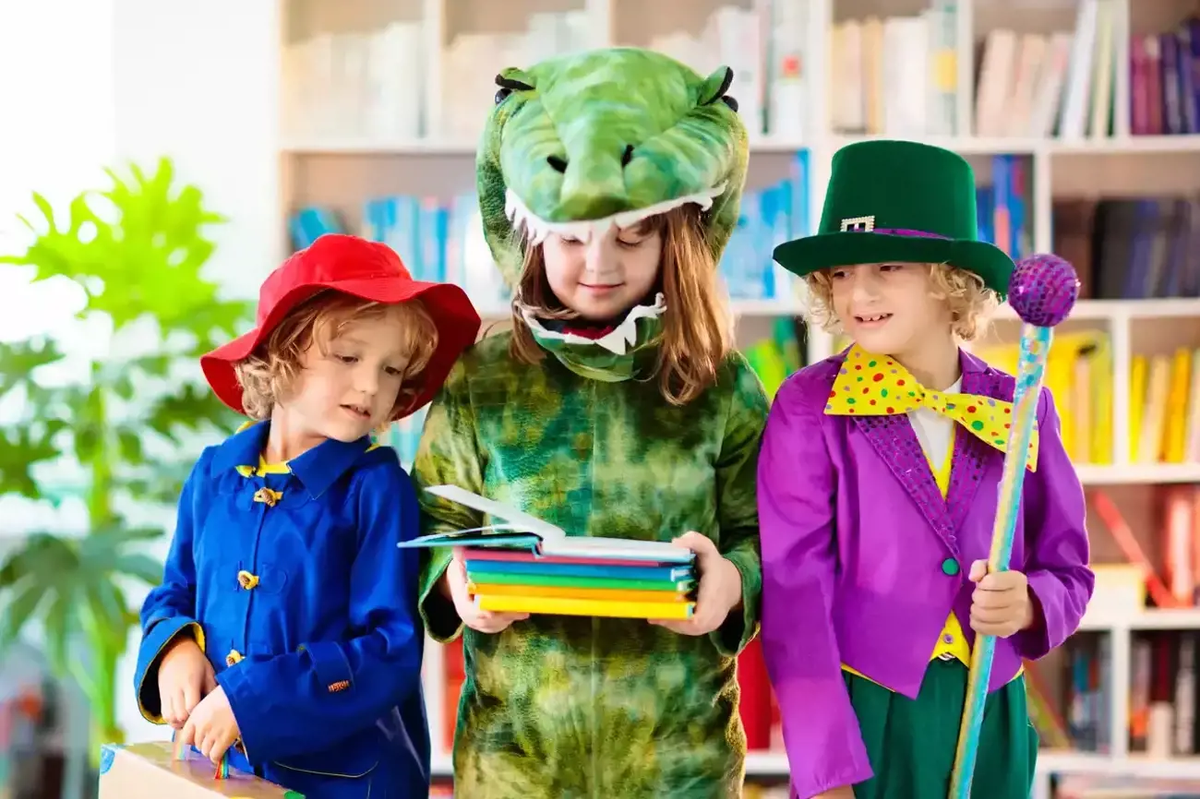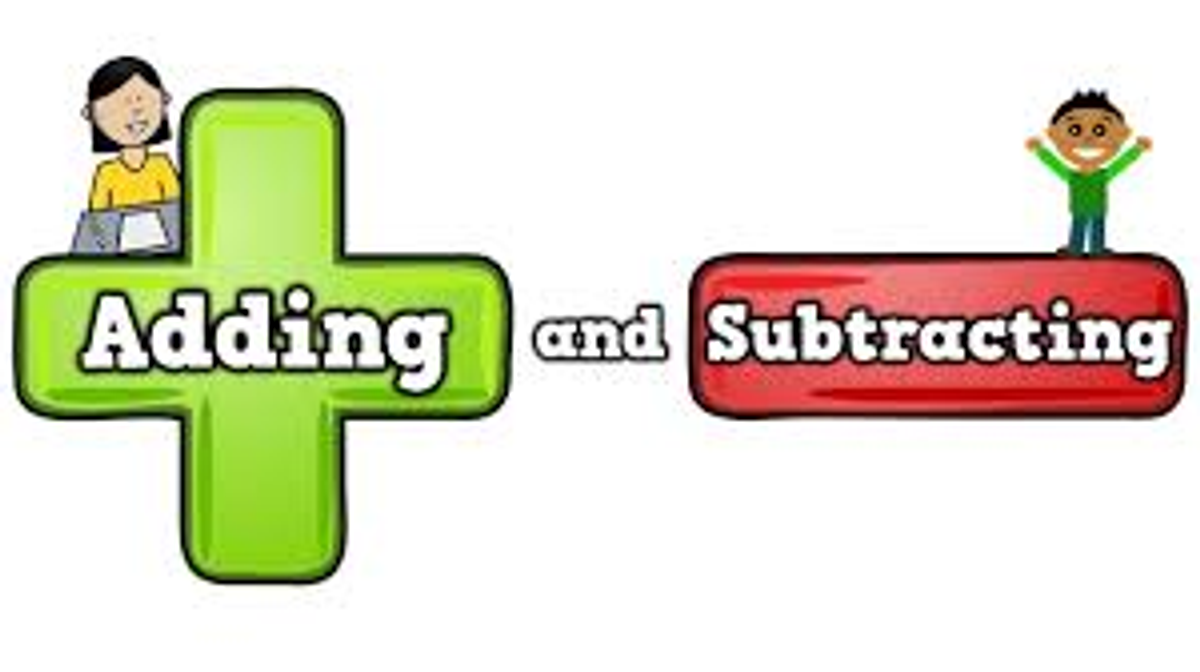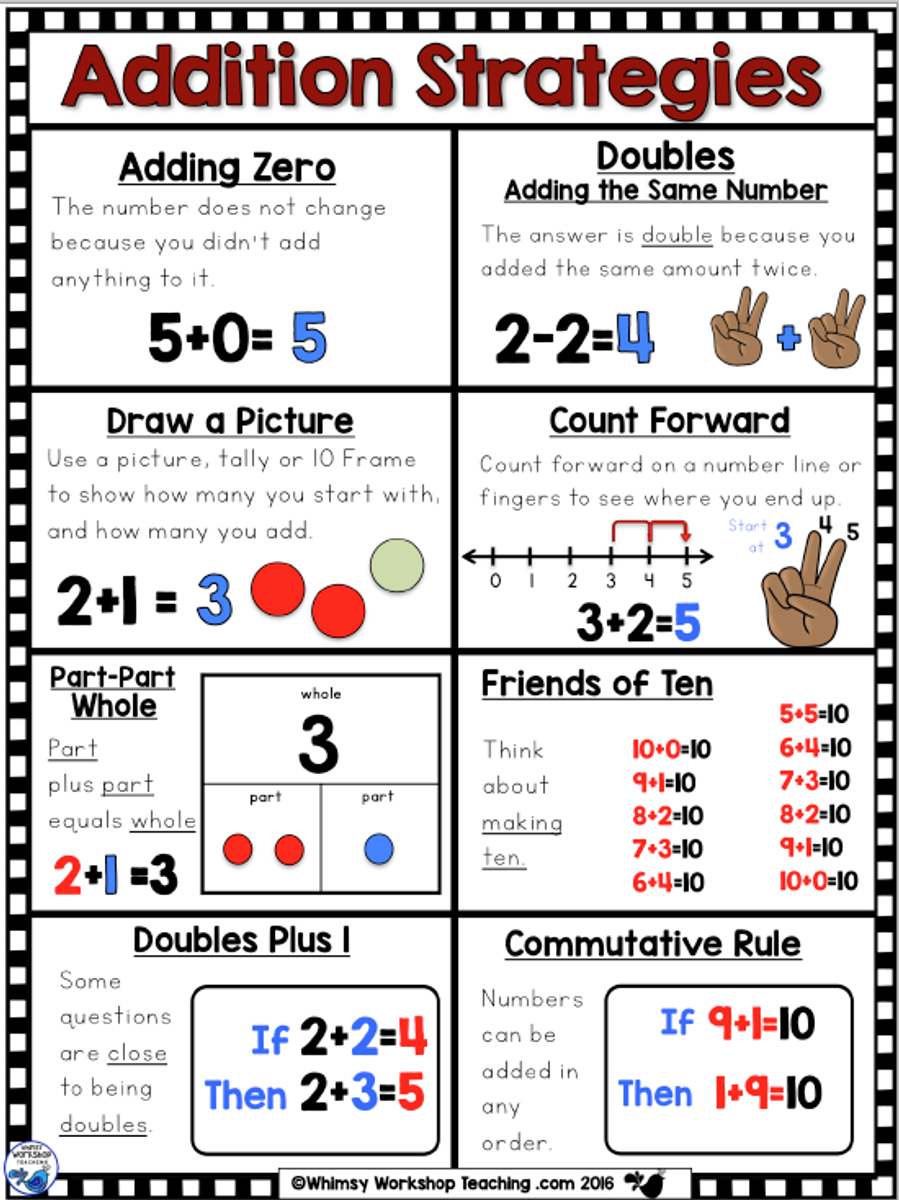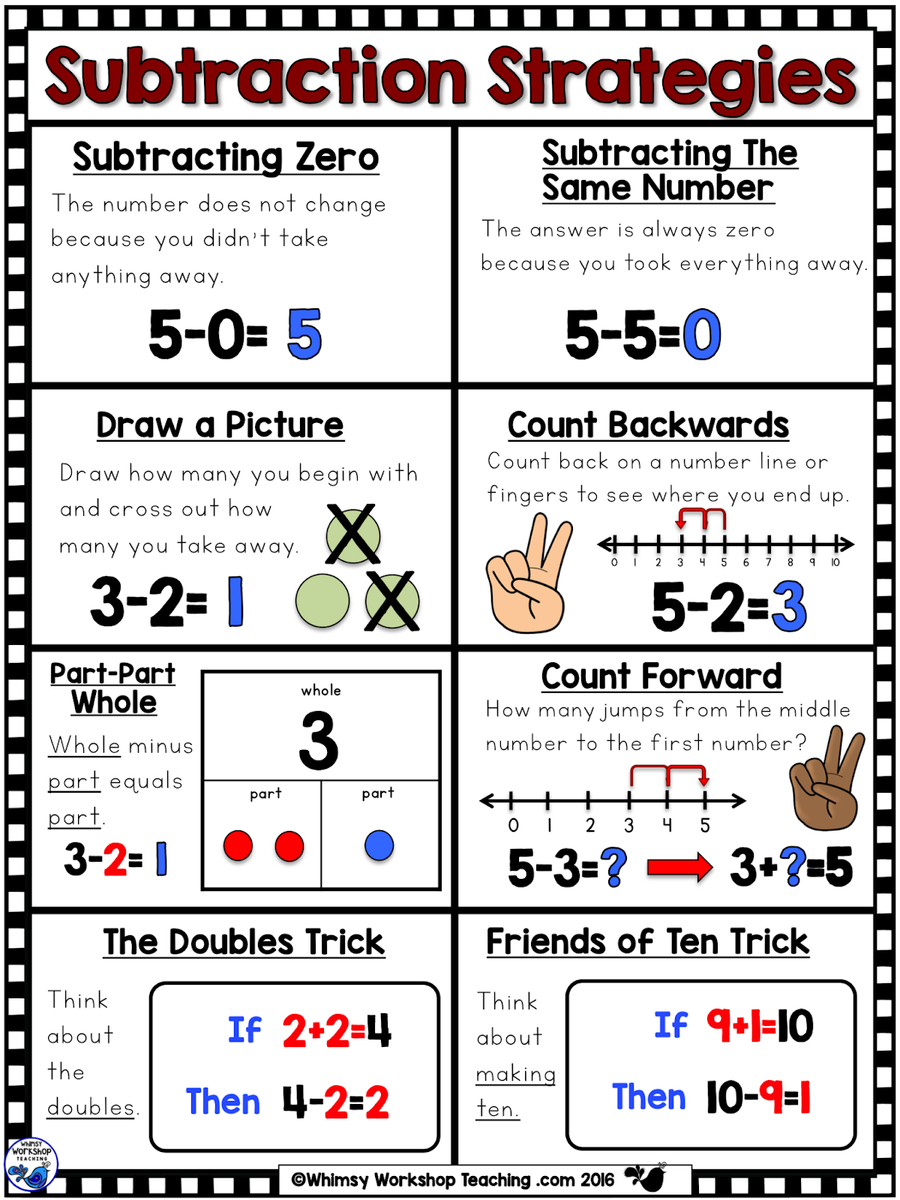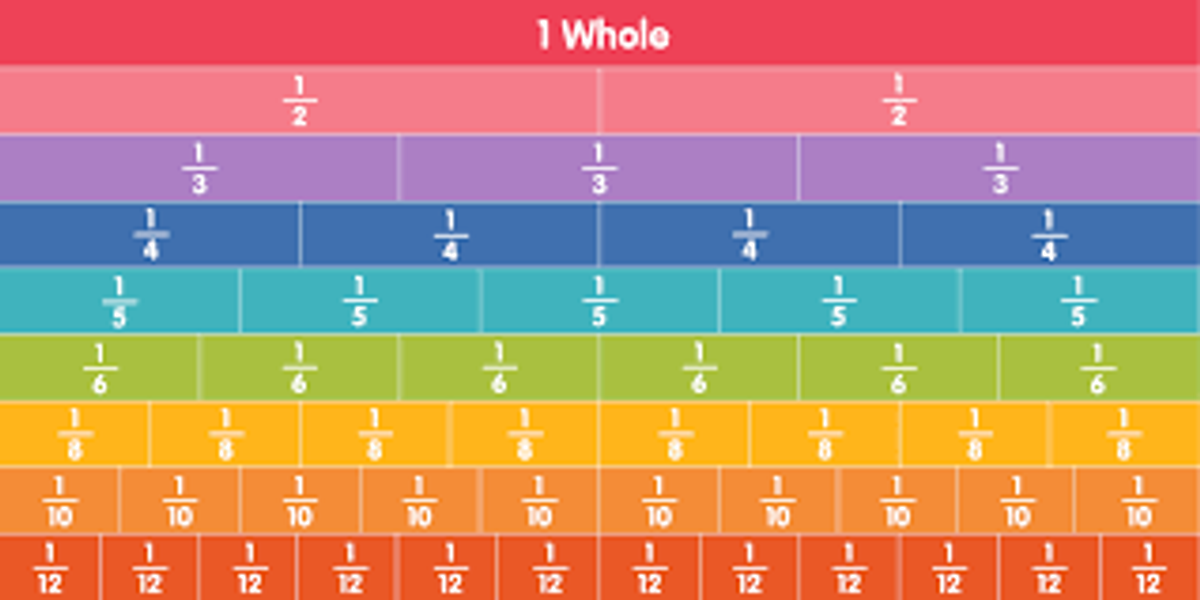Learning & Teaching
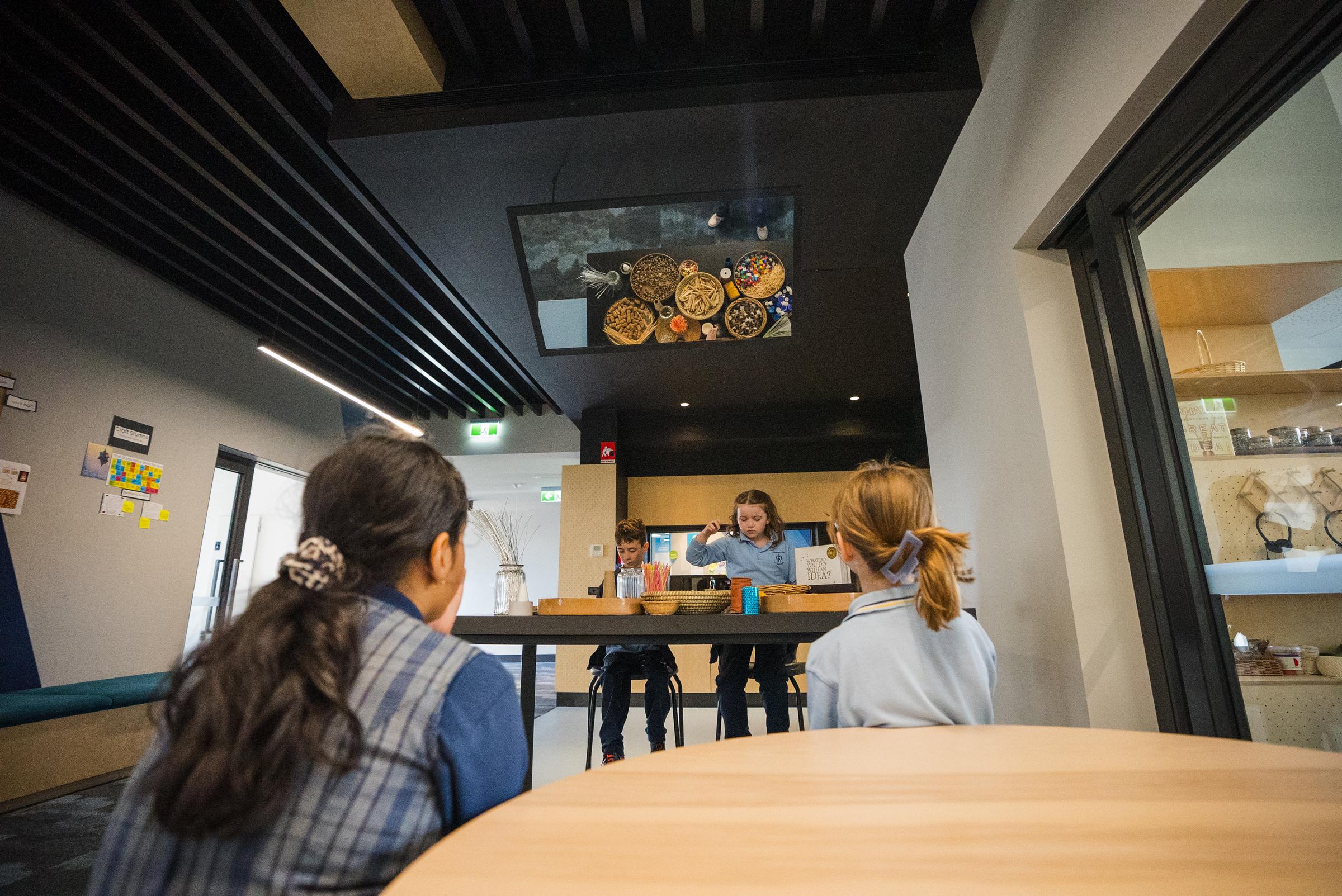
Literacy News
We have some truly amazing events planned to inspire our young readers and writers throughout Term 3.
We are absolutely thrilled to announce that acclaimed author and illustrator Jess Racklyeft will be visiting our school! Jess is known for her beautiful and engaging books that capture the imaginations of children. Some of her wonderful titles include Look, The Moon is Smiling, There Are So Many Animals, and Welcome, Little One.
The purpose for the author visit is to showcase how authors and illustrators bring characters to life for their books. This aligns with our book making and writers notebook units where children are working on their craft as writers. We will follow the writing process of planning, drafting, revising, editing and publishing to showcase our books during book week in week 5.
Mark your calendars for Week 5, as it's going to be a highlight of our literacy calendar! The Scholastic Book Fair will be arriving, offering a fantastic selection of books for all ages and interests. This is a wonderful opportunity to discover new stories and add to your home library. And to top off an already exciting week, our annual Book Week Parade will also take place in Week 5! Start thinking about your favourite book characters and get those costumes ready for a vibrant celebration of reading!
For those looking to keep the literacy momentum going over the upcoming holidays, here are some fantastic and engaging ways to practice at home:
- Read, Read, Read! Encourage your child to read anything and everything, from signs and letters to magazines and "just right" books that are at their comfortable reading level.
- Explore Your Local Library: A visit to the local library is a wonderful way to discover new authors, genres, and participate in holiday programs.
- Journal Your Day: Encourage your child to write a diary entry about their day. This is a great way to practice putting thoughts onto paper and developing writing fluency.
- Sound It Out! Practice identifying and blending sounds to help your child write bigger and more complex words.
- Become an Author/Illustrator: Encourage your child to do their own version of bookmaking or start a writer's notebook at home.
Maths News…
Addition and Subtraction
In Maths, Prep to Year 2 children are learning to represent and solve addition and subtraction problems using a variety of strategies. For addition, they will explore methods like counting on, partitioning, and rearranging parts, while understanding addition as combining quantities (e.g., "something and something makes...") and using the plus symbol (+) to represent this operation.
For subtraction, children will practice strategies such as using facts of 10, counting back, counting up, using doubles, making a ten, and adding up. They will develop an understanding of subtraction as taking away or finding the difference. Through these activities, students will build a strong foundation in basic operations and problem-solving skills.
At Home
Deck of Cards:
Using a deck of cards, this activity can be played with 2 to 4 people. Each person picks up two cards. They then need to add or subtract the two numbers and provide the answer.
Dice:
Make that Number is a simple dice game to practice addition and subtraction. All you need is 2 or 3 dice and a list of numbers 0-12 (for 2 dice) or 0-18 (for 3 dice). Children can roll the dice and add or subtract their numbers together. If they are using 3 dice, they can add one number and subtract the other.
Blocks:
Use building blocks and ask the child to build a tower with a certain number of blocks, for example 5. Then, ask them to add or subtract blocks to the tower, like 3 more or 3 less. Ask what are you left with?
Fractions
The children in Years 3-6 are exploring concepts in fractions. They have been learning to;
- Understanding Equivalence By applying their knowledge of equivalence, children can compare, order, and
- Comparing and Ordering Fractions. Children are developing their understanding of fractions by comparing and ordering them, including mixed numerals, using their knowledge of factors and multiples.
- Fractions on a Number LineThey are learning to accurately represent fractions on a number line, enhancing their ability to visualise and justify the order of fractions.
- Adding and Subtracting FractionsThe children are solving problems involving the addition and subtraction of fractions with the same or related denominators. They are applying various strategies to tackle these problems confidently.
- Recognising and Representing FractionsChildren are identifying and representing fractions, including their multiples, in various ways. They are also combining fractions with the same denominator to complete a whole.
- Equivalent Fractions and ConnectionsBy exploring equivalent fractions using related denominators, children are making meaningful connections between fractions and decimals.
Use the link below as a guide for activities you can do at home to support your child:
https://ies.ed.gov/ncee/wwc/Docs/ReferenceResources/WWC2021_fraction-parent-tips.pdf


